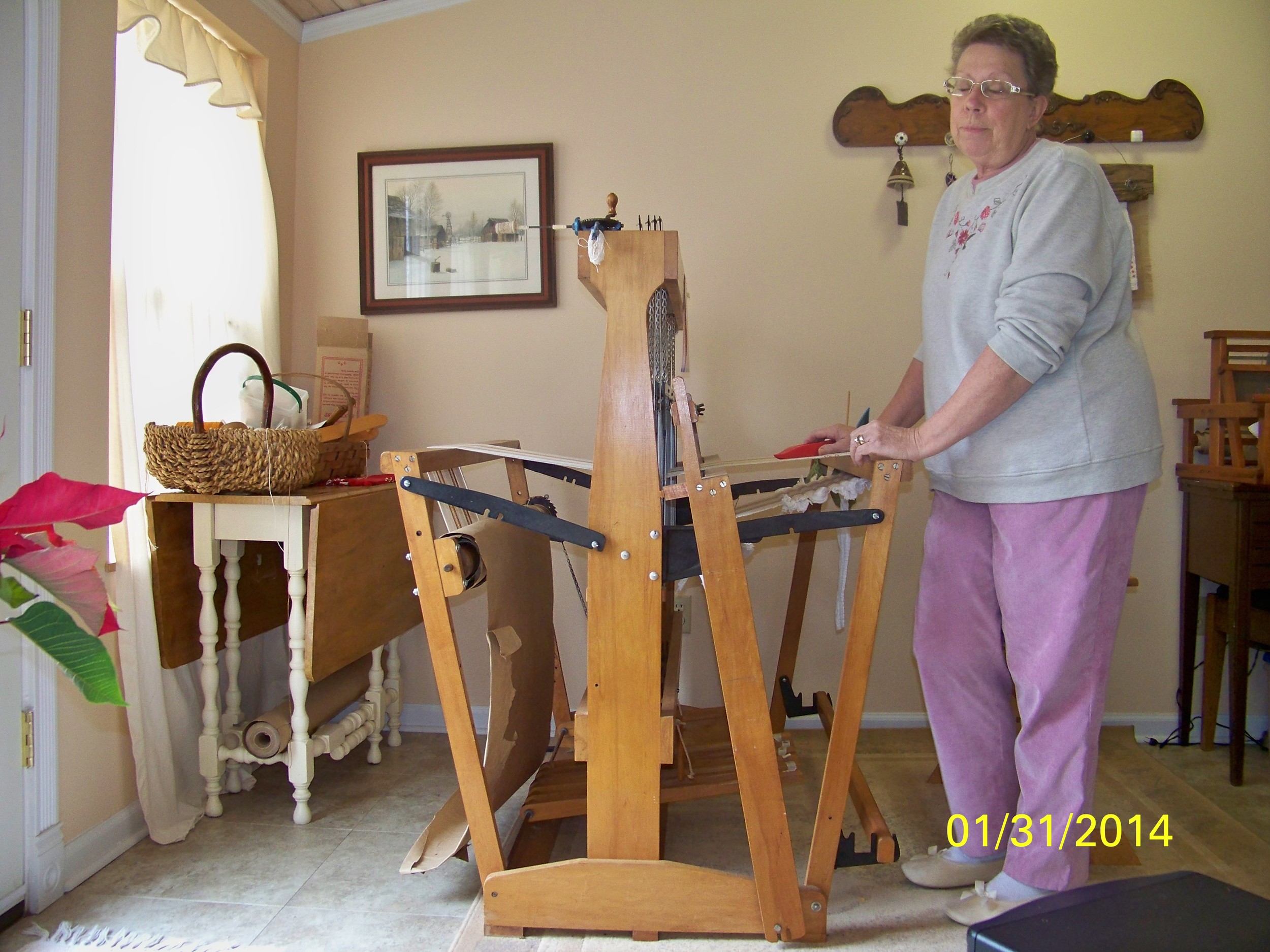Dinner on the Ground
/For the past 26 weeks I’ve been posting an on-going fictional story. Click here if you’d like to go to the beginning of The Lewis Story.
This week we return to weekly, topical stories as we look into the legends and lessons of The Cumberland Plateau.
Dinner on the Ground
Three siblings chat before the meal. In the background you see the tables laden with food.
It’s homecoming season – no, not football games, parades and beauty pageants – I’m talking about church homecoming. This event is like a family reunion for your church family and like all reunions, it’s a joyous if somewhat bittersweet event. You’ll get to see lots of folks you haven’t seen in a long time - at least since last year’s homecoming; the children have changed remarkably and there’s often a face or two missing for they’ve gone home to the ultimate homecoming celebration in heaven.
Today, our churches have air-conditioned fellowship halls with kitchens to keep food hot or cold, tables and chairs to eat at and usually no flies or ants to share the meal. But in years past, churches were thankful to have a decent building to worship in each week and no one ever thought of building a house just for fellowship. Therefore, when a meal was planned (and let’s face it, this is The South and we’ll plan a meal for any occasion we can), so every family brought a dish (or two or three) of their favorite foods.
The morning’s service was honored by special music and a guest preacher. Often, the sermon was delivered by someone who had pastored the church in years past before The Lord moved him on to other work. As the preacher wound down and the end was in sight, many of the women would quietly step outside to begin spreading the food on tables fashioned from boards and saw horses.
With a final song and a prayer of dismissal and blessings on the food, the service was dismissed to the yard and everyone immediately lined up at the tables.
As plates were filled with fried chicken, Cole slaw, thick slices of homegrown tomatoes and cornbread, you made your way to a blanket that grandma had spread on the ground or a stump shaded by a big oak tree. Why is it that everything tastes so much better on a picnic? Then there was a whole separate table for desserts! From Apple Stack Cake to Banana pudding, fried pies to watermelon every taste was accommodated.
As the congregation was able, and as they realized meals were going to be a priority, permanent tables were built and eventually covered to protect the food from the occasional rain shower as well as to provide some shade for those setting everything up. In yesteryear, people would come from far and near walking, riding or driving with several generations in each vehicle. The difficulty of the trip did not hinder and may in fact have made for a more joyous visit once they arrived. No one was concerned that there were no cushioned seats or that the chicken and dumplings might not be strictly hot. The purpose of the day was fellowship. It wasn’t a difficult goal to attain; you started fellowshipping before you ever arrived because you were traveling – no matter how far – with your family. An aging aunt who could not drive or cousins who couldn’t afford the trip were packed in with your own kids making the journey itself exciting as you anticipated who you might get to visit with this year.
Dinner on the ground has never been confined to church congregations. My own Todd family enjoys a family reunion each year that originated as an annual birthday celebration for my great-great-grandfather. He had eleven children and thirty-two grandchildren. It’s not hard to see that this party was far too large for anyone’s home. Originally held at the home of his youngest daughter, Cecil Todd Hall, the lawn was covered with family, and friends. Just like at the church house, makeshift tables were setup and the feast spread across them.
That grandfather passed away in 1957 but we’ve maintained the tradition with the crowds reaching well over one hundred at its peak. Much as the churches built fellowship halls, the reunion moved to a state park and enjoys a covered picnic shelter and all the amenities of the park. But the spirit of a dinner on the ground lives on.
Do you have a memory ‘dinner on the ground’? We’d all love to hear about them. Please click “Comments” below and share.1







